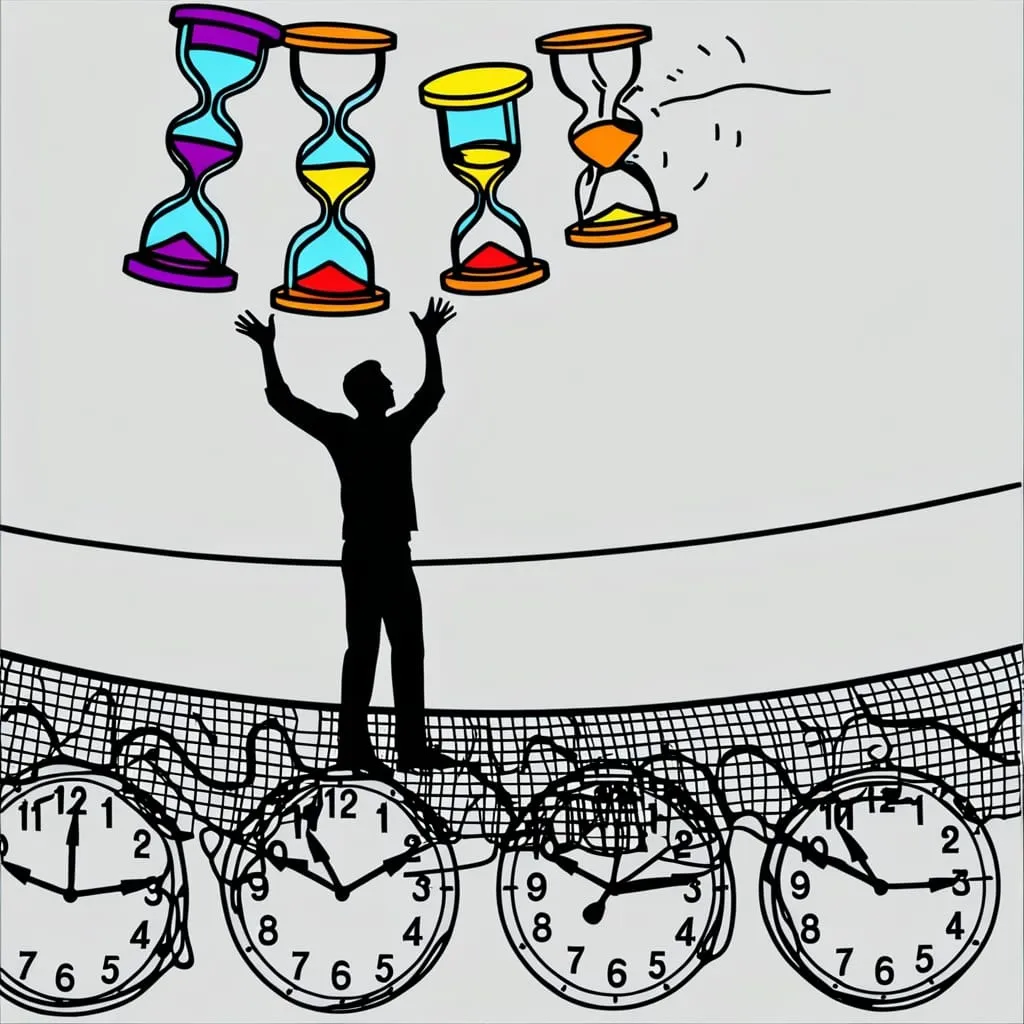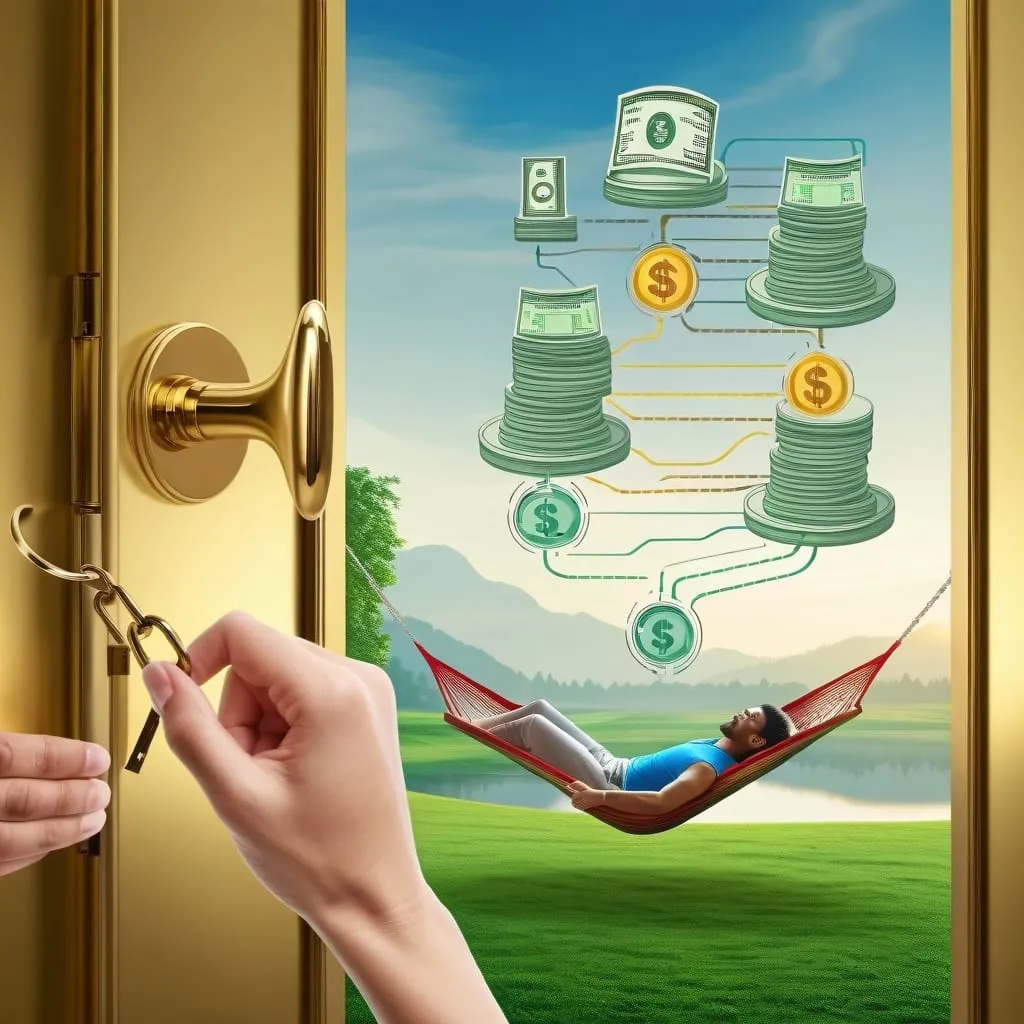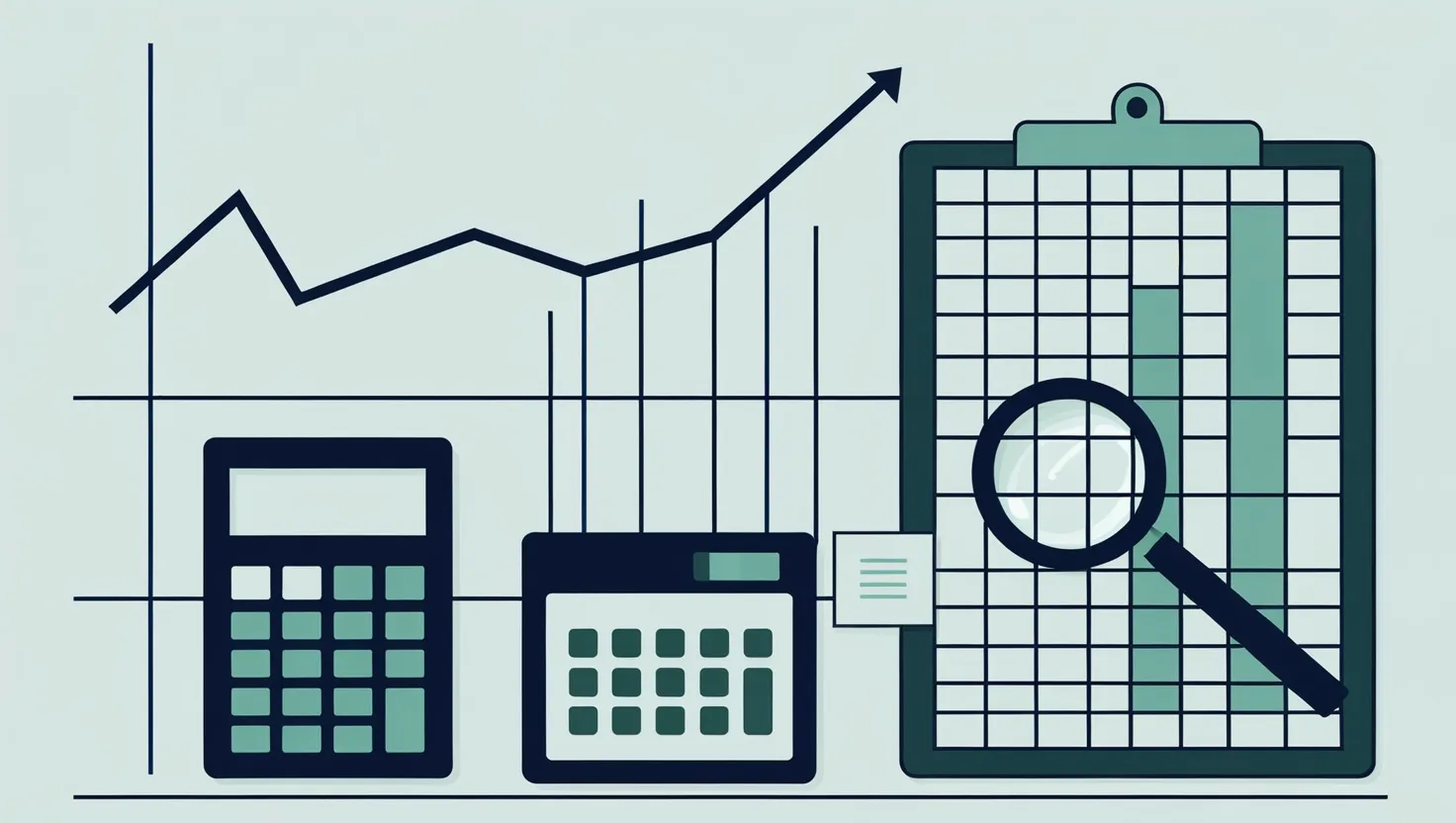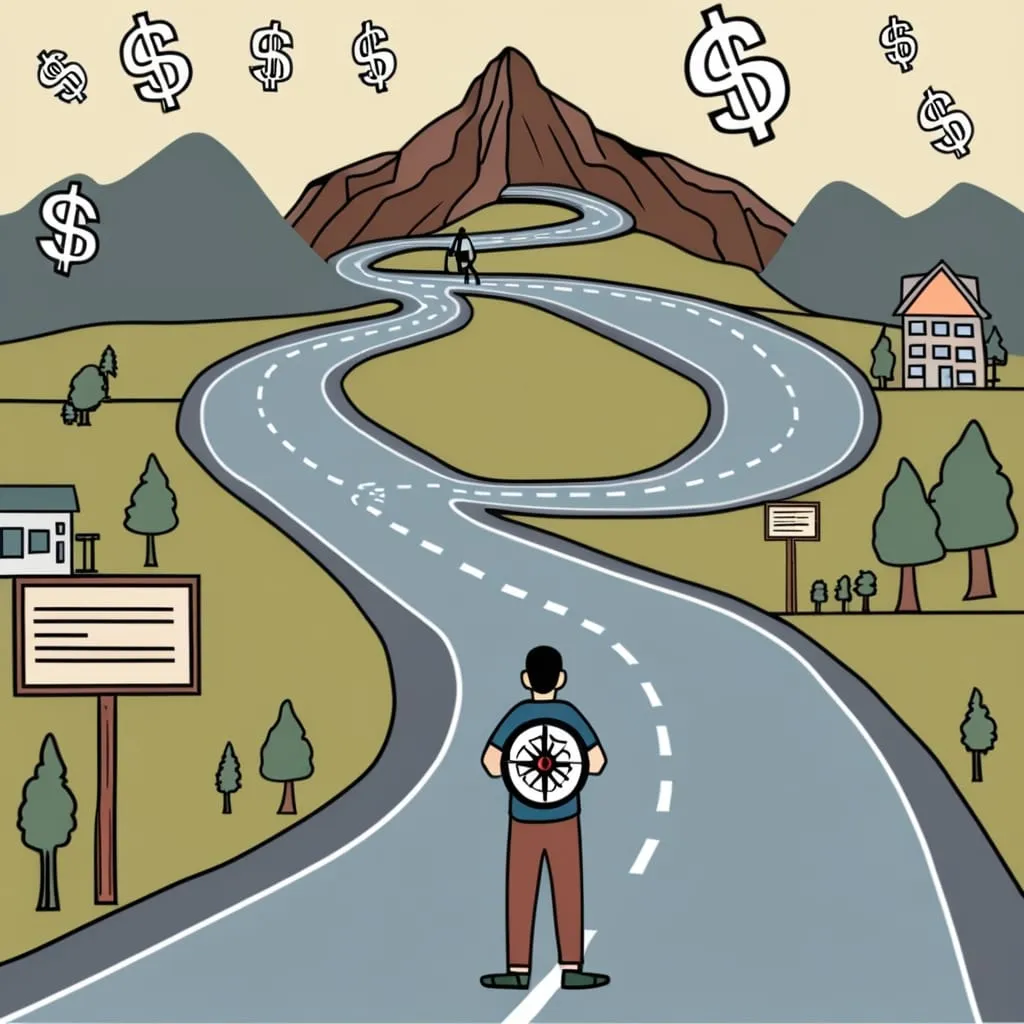The Multitasking Myth: Why Doing Less Leads to Achieving More
We've all been there - juggling multiple tasks, feeling like a productivity superhero. But what if I told you that this juggling act might actually be holding you back? Let's dive into the fascinating world of multitasking and uncover why doing less could be the key to achieving more.
Picture this: You're sitting at your desk, spreadsheet open, crunching numbers for an important report. Your phone buzzes with a new email, and you can't resist checking it. Before you know it, you're knee-deep in replying to messages, your report forgotten. Sound familiar? Welcome to the multitasking trap.
Here's the kicker - multitasking isn't really multitasking at all. It's more like task-switching, and boy, does it come with a hefty price tag. Every time we switch between tasks, our brains need time to refocus. It's like trying to read a book while someone keeps changing the channel on your TV. Frustrating, right?
But wait, there's more! This constant switching isn't just annoying - it's downright exhausting for our poor brains. Imagine trying to juggle while riding a unicycle. That's the kind of mental gymnastics we're putting ourselves through when we multitask. No wonder we feel drained at the end of the day!
Now, you might be thinking, "But I'm great at multitasking! I do it all the time!" Well, hate to break it to you, but studies show that only about 2% of people can actually multitask effectively. For the rest of us mere mortals, it's a productivity killer. In fact, it can reduce our efficiency by up to 40%. Ouch!
Let's talk about stress for a moment. We all know it's not great for us, but did you know that multitasking is like a stress supercharger? It's true! When we're constantly switching between tasks, our stress levels skyrocket. Our hearts beat faster, our blood pressure rises, and before we know it, we're stressed out and burned out. Not exactly the recipe for a productive day, is it?
But it's not just about feeling frazzled. Multitasking can actually impair our ability to learn and remember things. It's like trying to fill a leaky bucket - no matter how much information we pour in, it just keeps slipping away. So the next time you're tempted to check your phone while listening to a podcast about investment strategies, remember - you're probably not doing yourself any favors.
Now, let's talk quality. When we multitask, the quality of our work takes a nosedive. It's like trying to paint a masterpiece while riding a rollercoaster - the end result is bound to be a bit... messy. Projects take longer to complete, and the final product often falls short of our usual standards. Not ideal when you're trying to impress the boss or land that big client, right?
But don't worry, it's not all doom and gloom! There are ways to break free from the multitasking trap and reclaim your productivity. The secret? Embracing the power of single-tasking.
Single-tasking might sound boring, but trust me, it's a game-changer. It's all about giving one task your undivided attention. No distractions, no switching, just pure focus. It might feel strange at first, like trying to walk with your shoes on the wrong feet. But stick with it, and you'll be amazed at how much more you can accomplish.
Here's a little trick to get you started: try the Pomodoro Technique. It's simple - work on one task for 25 minutes, then take a 5-minute break. Rinse and repeat. It's like interval training for your brain, helping you stay focused without burning out. Plus, those little breaks are perfect for checking your phone or grabbing a snack. Win-win!
Mindfulness is another powerful tool in your anti-multitasking arsenal. It's all about staying present and focused on the task at hand. When you catch your mind wandering (and trust me, it will), gently bring it back to what you're doing. It's like training a puppy - it takes patience, but the results are worth it.
Setting boundaries is crucial too. Turn off those pesky notifications, log out of social media, and create a workspace that screams "focus time!" It might feel weird at first, like you're missing out on something. But remember, those notifications will still be there when you're done. And who knows? You might even enjoy the peace and quiet.
Now, I know what you're thinking. "But what about all those tasks I need to get done?" Here's the thing - by focusing on one task at a time, you'll actually get through your to-do list faster. It's like the tortoise and the hare - slow and steady really does win the race.
Let's talk about a real-life scenario. Imagine you're working on an important financial report. You've got emails pinging, your phone's buzzing, and your colleague keeps popping by your desk. In a multitasking world, you'd try to juggle it all. But in our new single-tasking paradise? You set boundaries. You tell your colleague you'll catch up later, silence your phone, and close that email tab. Now you can focus solely on your report. The result? A high-quality report, completed in record time. Now that's what I call a productivity win!
But it's not just about work. Single-tasking can improve your personal life too. Ever tried to have a conversation with someone who's constantly checking their phone? Not fun, right? By practicing single-tasking, you'll be more present in your relationships, leading to deeper connections and more meaningful interactions.
Now, I'm not saying you need to become a single-tasking robot. Life is messy, and sometimes we do need to juggle multiple tasks. The key is to be mindful about when and how we do it. If you absolutely must multitask, try to group similar tasks together. For example, if you need to make phone calls and reply to emails, do all your communication tasks in one block. It's not perfect, but it's better than constantly switching between completely unrelated tasks.
Remember, changing habits takes time. You might slip up and find yourself multitasking again. That's okay! Be kind to yourself. Recognize when it's happening, and gently guide yourself back to single-tasking. It's like learning to ride a bike - you might wobble at first, but with practice, you'll be cruising along in no time.
So, what's the takeaway from all this? Multitasking isn't the productivity booster we once thought it was. In fact, it's more likely to leave us stressed, exhausted, and with a pile of half-finished tasks. By embracing single-tasking, we can reclaim our focus, boost our productivity, and produce higher quality work.
It might feel counterintuitive at first, like you're not doing enough. But trust me, by doing less, you're actually setting yourself up to achieve more. It's like the old saying goes - "Less is more." And when it comes to productivity, truer words have never been spoken.
So, are you ready to break free from the multitasking myth? Give single-tasking a try. Set those boundaries, embrace the Pomodoro Technique, practice mindfulness, and watch your productivity soar. Who knows? You might just find that doing less really does lead to achieving more. And wouldn't that be something worth celebrating?
Remember, Rome wasn't built in a day, and neither is a new habit. Take it one task at a time, be patient with yourself, and before you know it, you'll be a single-tasking superstar. Here's to doing less and achieving more!






